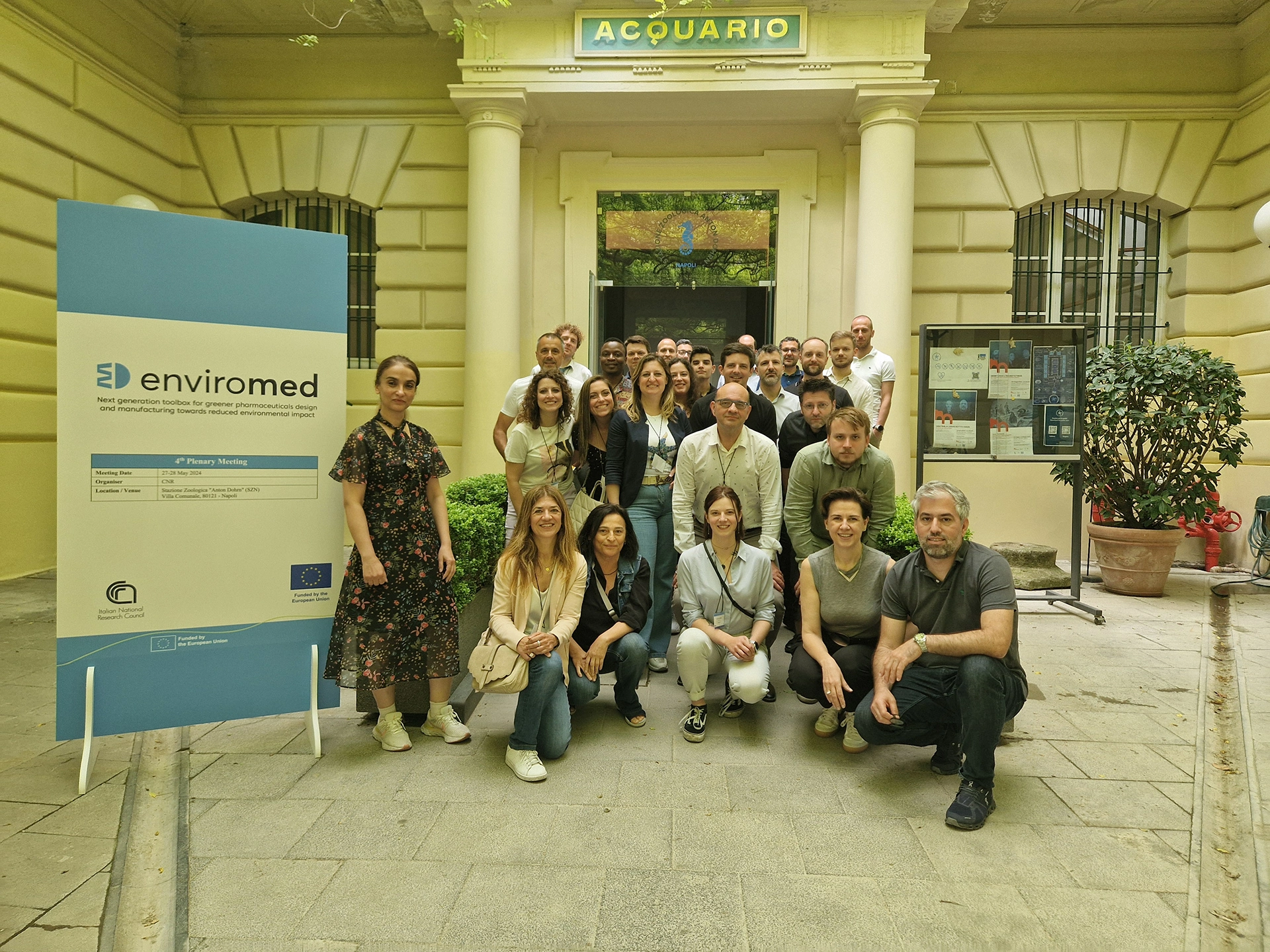
There a significant knowledge gap when it comes to the effect of pharmaceutical compounds, and their derivatives, in the environment. There is a need for better understanding of the effect this has in the environment.
Major routes of entry into the environment include industries, hospitals, or direct disposal of unwanted/expired drugs by patients. Most pharmaceuticals are unregulated when it comes to their disposal, but even regulated ones can end up in the environment. Pharmaceuticals are deliberately designed to have an explicit mode of action and to exert an effect on humans and other living systems1. This distinctive feature makes pharmaceuticals and their metabolites different from other chemicals, and this necessitates the evaluation of the direct effects of pharmaceuticals in various environmental compartments as well as to living systems. The alarming situation of ecotoxicity of diverse pharma- ceuticals has forced governmental and non-governmental regulatory authorities to recommend the application of in- silico methods as a way to provide quicker information about the risk assessment and fate properties of pharmaceu- ticals as well as their ecological and indirect human health effects.


